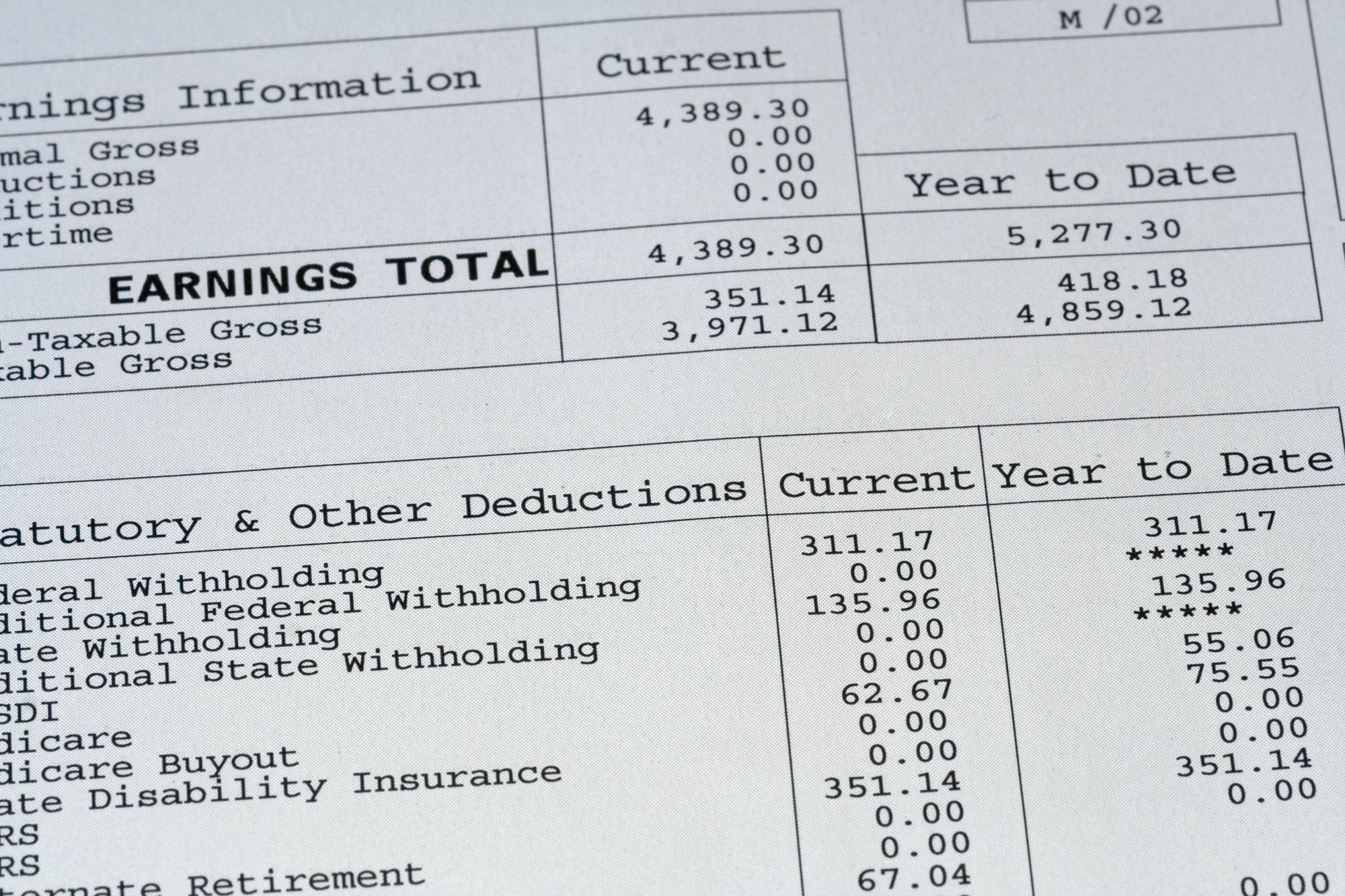According to the Department of Homeland Security, 666,582 people overstayed their visas in the United States in 2018 alone. The penalties for overstaying a visa can include expulsion from the country and the inability to return for up to 10 years.
To avoid these penalties, you need to know the different ways to travel to and live in the U.S. Mostly, that means knowing the difference between a visa and a green card. Anyone who wants to stay in the U.S. permanently needs to pick the right one.
What Is a Green Card?
A green card is slang for the photo identification card people receive once they become permanent residents of the United States. With a green card, you are free to live and work in the United States for as long as you like, beyond rare exceptions like after committing a crime.
You can apply for a green card in three major ways: based on your job, using the green card lottery, and through your family.
What Is a Visa?
A visa is primarily a travel pass, usually in the form of a stamp in someone’s passport. You apply for a visa ahead of time, and your home country will issue it to you.
With a visa, a person can present themselves and seek entry to the U.S. at an official port of entry, although a customs officer at the border makes the final decision about whether to grant entry. So visas don’t guarantee entry, but they make it much easier.
There are two types of visas: immigrant visas and nonimmigrant visas. An immigrant visa allows someone to apply for permanent residency immediately after they enter the country. For that reason, they’re basically the same as green cards.
Nonimmigrant visas allow someone to enter the U.S. for a specific purpose and stay for a certain time. They are what most people think of when they think of visas, so from here on we’ll only be discussing nonimmigrant visas.
The Real Difference Between a Visa and a Green Card
The key things that separate a visa and a green card are the length and purpose of your stay. A green card serves as proof that an immigrant is a lawful permanent resident in the U.S. A visa, on the other hand, lets someone come into the U.S. for a specific purpose and for a specified amount of time.
This fundamental difference also means visas and green cards differ in a few other respects.
Expiration Dates
Green cards do not really expire. The actual photo identification card expires every ten years, but the person is still a permanent resident and can apply for a new card easily. It’s like when a driver’s license expires: you just apply for another one.
Visas, however, carry a clear expiration date. That date could be in a matter of months for a tourist visa, or as long as a few years for a work or student visa. But, at some point, a visa will expire.
The Chance to Work
With a green card, you are free to work in the United States. Green card holders have almost all the rights of U.S. citizens, including labor rights. However, they cannot vote or receive federal funding.
A visa holder may be able to work in the U.S., but only if they have a type of work visa. People will other types of visas, like student or tourist visas, are not able to work legally in the United States.
A Vital Distinction
Immigration law in the United States is convoluted and confusing. The difference between a visa and a green card is one of the keys to understand how immigration to the U.S. works. Now, you know it too.
For more helpful tips and compelling curiosities, check out some of our other blog posts.

